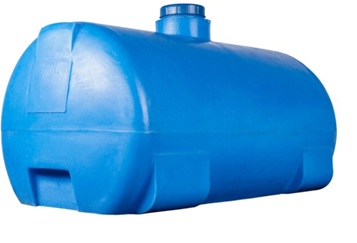Superior Strength and Durability
High-density polyethylene (HDPE) and related polymers, which have a great strength-to-weight ratio, are used to make water tanks. Compared to other tank types, water tanks are more impact resistant, which means they can tolerate external pressures such as high winds, knocks, and transportation as well as physical stress. By removing weak areas and stress concentration at seams, the method enables seamless fabrication, increasing the tank's resistance to breaking or cracking.















